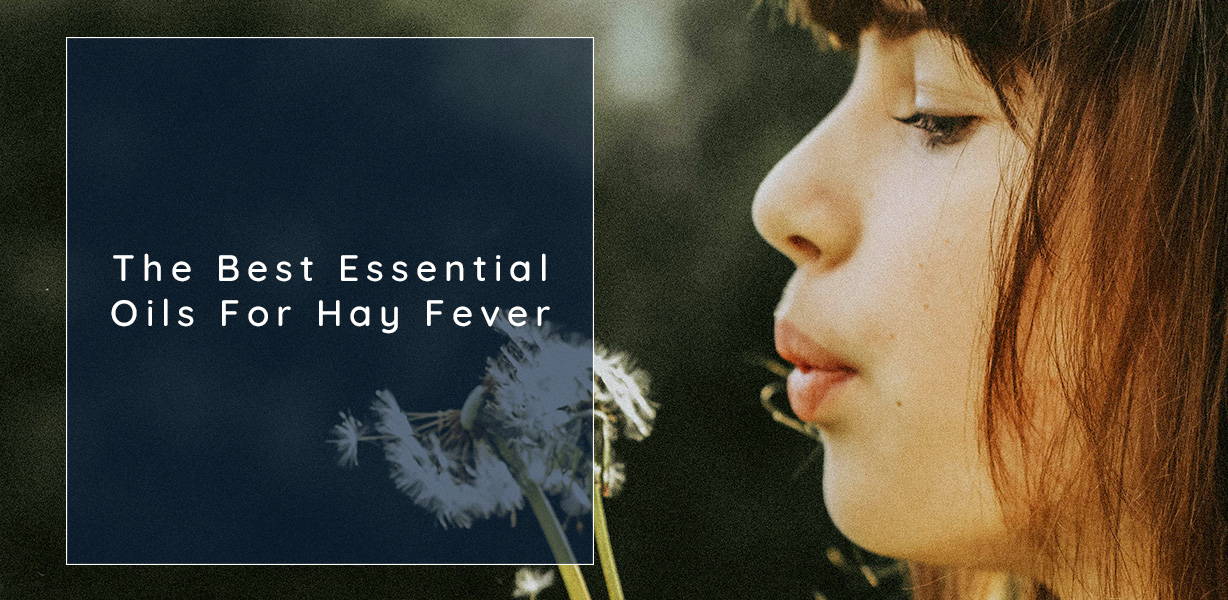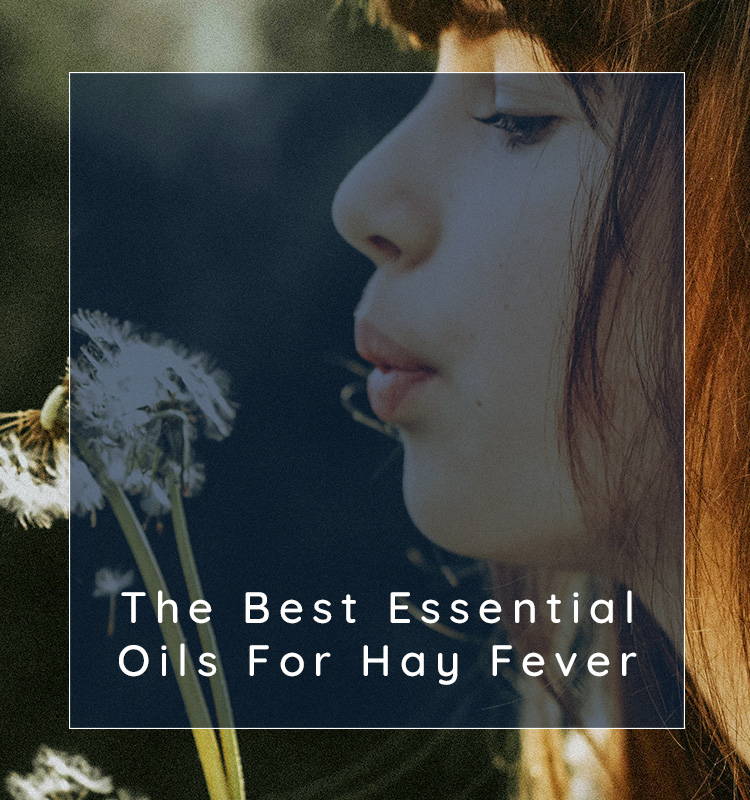Natural Relief from Hayfever: Harnessing the Power of Essential Oils
As the hayfever season is in full swing, many individuals seek natural remedies to alleviate their symptoms without relying solely on medications. Essential oils, derived from plant extracts, have gained popularity for their potential therapeutic benefits. In this article, we will explore how essential oils can help when hayfever is most prevalent and provide insights on their usage, recommended blends, and answers to common questions for effective relief.
Understanding the Benefits of Essential Oils for Hayfever:
Essential oils are known for their aromatic and soothing properties, which can be known to provide relief for common hayfever symptoms such as sneezing, congestion, and itchy eyes. While essential oils are widely used and praised, it's important to note that they are not intended to replace medical advice or treatments. Let's delve into how essential oils can be incorporated into your hayfever relief routine and address some commonly asked questions:
How do I get rid of hayfever?
While there is no instant cure for hayfever, incorporating essential oils into your routine can be a natural way to find relief from the daily discomfort that hayfever can cause. Essential oils can be used through methods like diffusion, steam inhalation, and topical application to alleviate congestion, ease respiratory discomfort, and promote relaxation.
What essential oil blend is recommended for pollen allergy?
For pollen allergies, a blend of lavender essential oil, lemon essential oil, and peppermint essential oil can be effective. Lavender offers soothing properties, lemon may provide antihistamine benefits, and peppermint helps with congestion. Dilute this blend and apply it topically or diffuse it to reduce effects associated with pollen allergies.
Which essential oil is effective for relieving itchy allergies?
Tea tree essential oil is known for its soothing properties and may be effective in relieving itchy allergies. Dilute tea tree oil with a carrier oil and apply it topically to the affected areas to help soothe the itchiness and promote skin comfort.
What are the best essential oils for allergies and stuffy nose?
When dealing with allergies and a stuffy nose, eucalyptus essential oil and peppermint essential oil are wonderful choices due to their decongestant properties. Eucalyptus oil, with its unique aroma can help to clear the sinuses and promote easier breathing. Peppermint oil has a cooling effect and can relieve congestion, allowing you to breathe more comfortably. Diffuse these oils or perform steam inhalation for relief.
Methods of Using Essential Oils:
Diffusion: Add a few drops of your preferred essential oil or a combination of oils to a diffuser. Allow the scent to disperse throughout the room, creating a soothing and calming environment.
Steam Inhalation: Fill a bowl with hot water and add a few drops of essential oil. Create a tent over your head with a towel and carefully inhale the steam, taking deep breaths. This method can help clear congestion and provide temporary relief.
Topical Application: Dilute essential oils with a carrier oil, such as almond or coconut oil, before applying to the skin. Gently massage the blend onto the chest, neck, or temples to promote relaxation and ease respiratory discomfort.
Refreshing Respiratory Blend
Combine 4 drops of peppermint essential oil, 3 drops of eucalyptus essential oil, and 2 drops of lemon essential oil. Diffuse this blend during the day or use it for steam inhalation to promote clear breathing.

Refreshing Respiratory Blend

Combine 4 drops of peppermint essential oil, 3 drops of eucalyptus essential oil, and 2 drops of lemon essential oil. Diffuse this blend during the day or use it for steam inhalation to promote clear breathing.
Calming Allergy Blend

Create a blend of 3 drops of lavender essential oil, 3 drops of lemon essential oil, and 2 drops of tea tree essential oil. Dilute the mixture and apply it topically to help during hayfever season and to promote relaxation.
Calming Allergy Blend
Create a blend of 3 drops of lavender essential oil, 3 drops of lemon essential oil, and 2 drops of tea tree essential oil. Dilute the mixture and apply it topically to help during hayfever season and to promote relaxation.

Clear Sinus Blend

Mix 3 drops of eucalyptus essential oil, 2 drops of peppermint essential oil, and 2 drops of tea tree essential oil. Diffuse this blend in your home or workspace to support nasal congestion and respiratory wellness.
Clear Sinus Blend
Mix 3 drops of eucalyptus essential oil, 2 drops of peppermint essential oil, and 2 drops of tea tree essential oil. Diffuse this blend in your home or workspace to support nasal congestion and respiratory wellness.

Remember, essential oils affect individuals differently, so it's essential to perform a patch test before topical application and consult with a qualified aromatherapist or healthcare professional if you have any concerns.
When used mindfully and safely, essential oils can be valuable tools for managing hayfever naturally. Whether you choose to diffuse the oils, inhale them through steam, or apply them topically, essential oils offer a potential pathway to find relief without relying solely on traditional medications. Experiment with different blends and methods to discover what works best for you. Embrace the power of nature and harness the benefits of essential oils in your hayfever relief journey.
Remember to seek professional advice and always prioritize your safety and well-being. Enjoy the soothing scents and let essential oils be your allies in the fight against hayfever.
Disclaimer: The information provided in this article is not a substitute for professional medical advice. Please consult with a healthcare professional or aromatherapist before using essential oils for any health condition.







